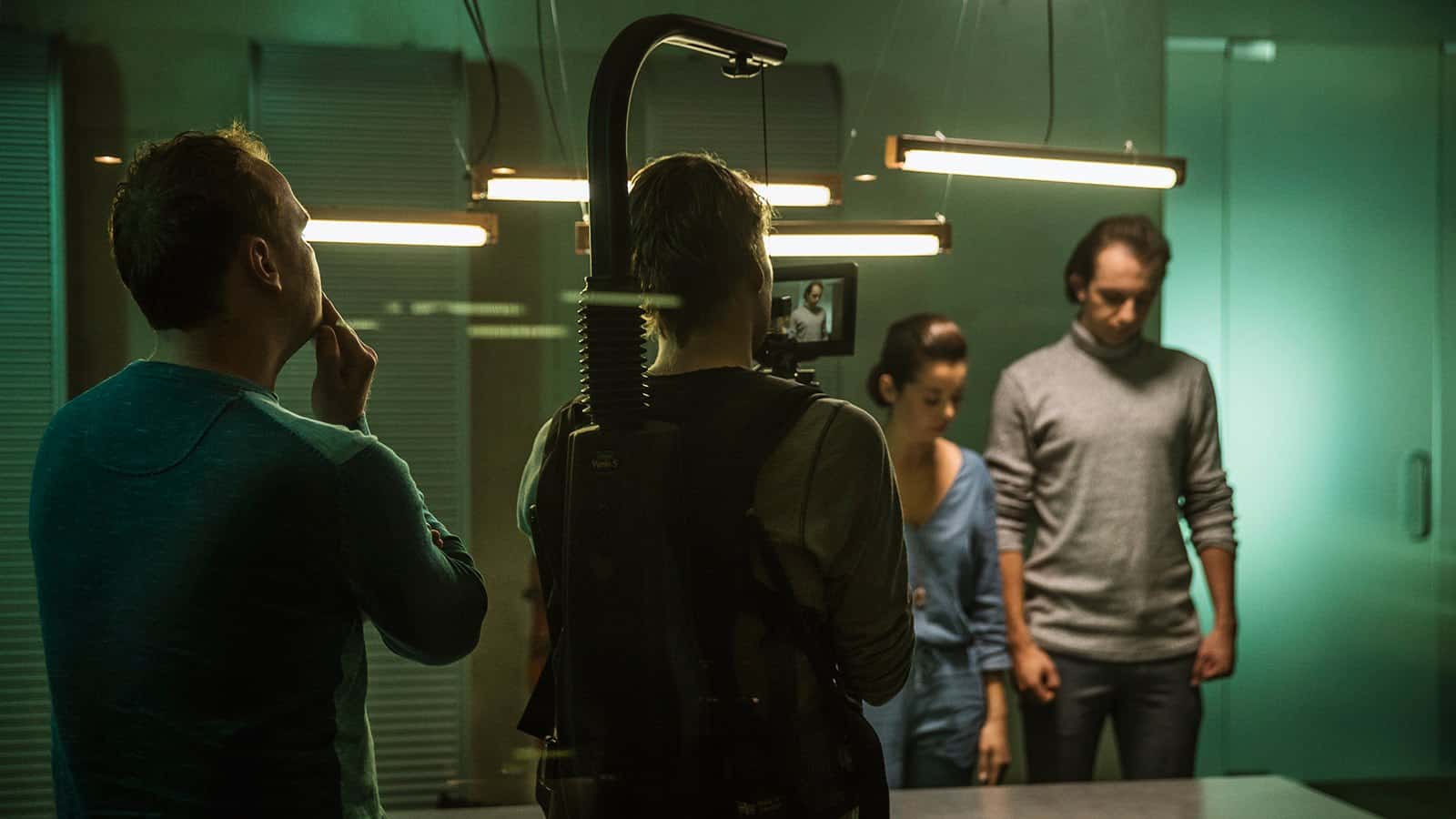A Look back in the history of Film and Fashion
The film and fashion industry are known to be finely sewn together; the film industry sits alongside fashion houses, which dictate our styles and wardrobe choices. In the 1920s -1930s Hollywood’s popularity grew, meaning screen actors became role models in society. The public’s attention was caught on the intricate details of the actors lives, with the biggest emphasis on their fashion choices both on and off screen. Retailers bought into this market by duplicating these Hollywood styles onto their rails, thus allowing masses of fans to replicate their idols’ styles. This ignited the strongly woven connection between to the Film and Fashion industries.

(Still from Blake Edwards: ‘Breakfast at Tiffany’s’)
Hollywood brought the first fashion influence with Pola Negri in the silent film era. Negri’s choice to dye her white satin shoes to match her outfit, once published, inspired thousands of women to do the same. Earlier examples include high-heeled shoes embellished with pearls and rhinestones brought into style by Gloria Swanson, and sailor pants by Clara Bow.
 ( Joan Crawford in Clarence Browns ‘Letty Lyton’)
( Joan Crawford in Clarence Browns ‘Letty Lyton’)
In the 1930s the “Letty Lyndon dress” covered the high streets of America, and magazines even provided the masses with a dress pattern to create their own. Gilbert Adrian designed the iconic dress for Joan Crawford in Letty Lynton.
Adrian admitted that “in the studio we thought the dress was amusing but a trifle extreme . The copies of it made the optional Letty Lynton look very modest and shy.”(Adrian, quoted in Creating the Illusion pg. 142)
This dress emphasised the new found awareness for costume designers, and their influence on the fashion industry.
 (Still from Bill Wielder’s ‘The Seven Year Itch’ (1955)
(Still from Bill Wielder’s ‘The Seven Year Itch’ (1955)
In 1950’s Marilyn Monroe was on the scene, and was increasingly becoming a symbol for women in the industry. She unapologetically carried her sex appeal in her fashion choices. From ‘The seven year itch’ (1955) we are given the timeless photo of her white halter dress blowing up above a street vent. Everything about Marilyn continues to inspire fashion, making her not only a influence for the risky 1950’s fashion, but also the trends of today.
Another costume that has pioneered many looks and wardrobes is Audrey Hepburn’s timeless “little black dress” in ‘Breakfast at Tiffanys’ (1961). The little black dress is still reminiscent of Holly Golightly’s class and glamour.
 (Still from John Badham’s ‘ Saturday Night Fever’)
(Still from John Badham’s ‘ Saturday Night Fever’)
In the 1970’s we saw a collaboration of the music, fashion, and film industries in ‘Saturday Night Fever’ (1977) and its depiction of the disco scene. The style in this film was loud, striking, and unforgettable; this was gold dust to all the industries. This combination has lead to the clothes in Saturday Night Fever continuing to influence on the disco scene today. Examples including the bright coloured dresses, double breasted suits, and wide lapels.
 (Still from Paul Brickmans ‘Risky Business’ )
(Still from Paul Brickmans ‘Risky Business’ )
In the 1980s, the quietly confident brand of sunglasses RayBan cashed in on product placement in film. They offered the producers of ‘Risky Business’ €50,000 for Tom cruise to wear Raybans throughout the film, and on the film poster. Their faith in the fashion and film bond made Raybans sunglasses a staple accessory of the 80s, with more than 4 million sold by ‘89. This also established Raybans as one of the best selling Sunglasses brands today.
 ( Still from Amy Heckerling’s ‘Clueless’)
( Still from Amy Heckerling’s ‘Clueless’)
In 1990s we see a similar case of brand awareness with Clueless’s Cher wearing a Calvin Kelvin mini dress. The styles seen in this film flew off the shelves shortly after the film premiered. From the miniskirts to the Mary Jane platforms, these items came back again in a 90s revival.
 (Courtesy: 20th Century Fox: ‘The Devil wears Prada’)
(Courtesy: 20th Century Fox: ‘The Devil wears Prada’)
The Film industry has shown it has the ability to pullout the underlying secrets of the Fashion industry, with The Devil wears Prada (2006). The Devil wears Prada is still a talking point and guideline to novices of how the top Fashion magazines are run. The trendsetting eye of Patricia Field lead this film to a Oscar-nominated wardrobe. This film has inspired many young interns starting out in the Fashion Industry of what they might face.
 ( Still from Alfred Hitchcock’s Vertigo and Ralph Lauren’s 2014 catwalk show)(Courtesy:fashionista.com)
( Still from Alfred Hitchcock’s Vertigo and Ralph Lauren’s 2014 catwalk show)(Courtesy:fashionista.com)
In 2014 Famous designer Anna Sui continues this trend with her choice of colour palette for her Fall 2014 show. This show replicated the costume design palette from Wes Andersons’ Grand Budapest Hotel (2014). Furthermore Ralph Lauren’s catwalk show in 2014 went back in film costume design history taking on Hitchcock’s Vertigo (1958) colour palette. For example Lauren’s choose of grey suits on short haired blonde women.
Overall it is transparent that Film and Fashion will continue to be intertwined and continue to underpin each other. What the future brings will be exciting, innovative and visionary.
Written by April-Rae Hughes



You must be logged in to post a comment.